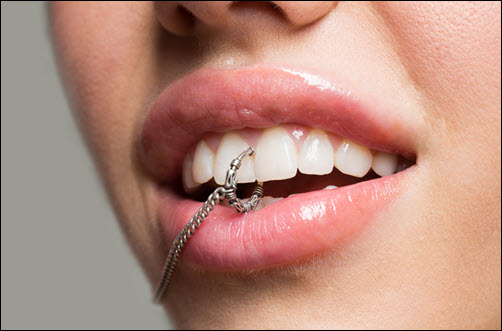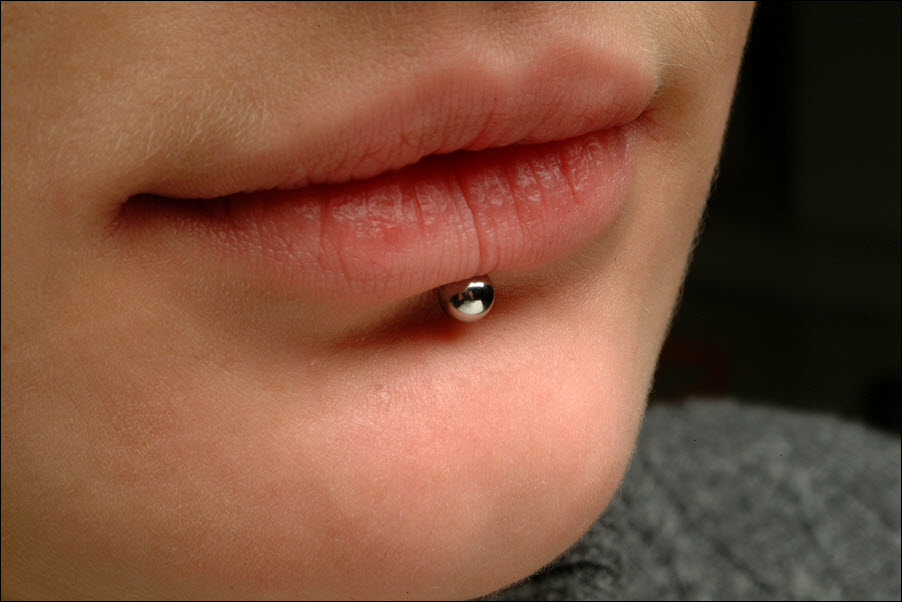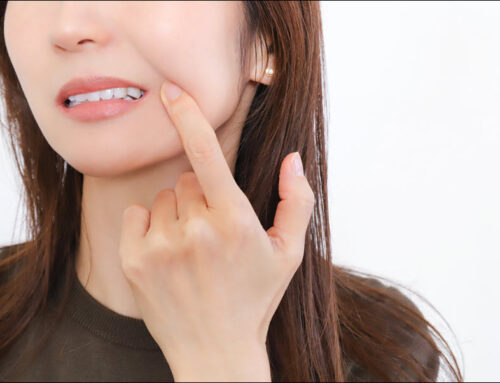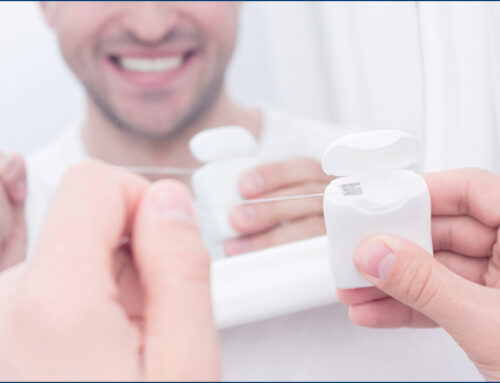Mouth piercings may look stylish, but they pose serious dental risks. Oral jewelry increases the chances of chipped teeth, gum recession, and infections. Metal piercings rub against teeth and gums, causing wear and tissue damage. Poor cleaning habits around piercings increase bacterial growth and plaque buildup. Piercings also interfere with speech, chewing, and swallowing. Improper placement and allergic reactions worsen oral health problems. Understanding the dental risks of mouth piercings helps protect your teeth and gums. Taking proper care of piercings reduces complications and improves oral health. Let’s explore the dental dangers linked to mouth piercings and how to avoid them.
Increased Risk of Chipped or Cracked Teeth
 Metal tongue and lip piercings hit against teeth during speaking and chewing. Constant contact weakens enamel and increases the risk of fractures. Hard piercings create small cracks in the teeth, which grow larger over time. Cracked teeth increase sensitivity and the risk of cavities. Dental crowns or bonding repairs minor damage, but severe fractures require root canals or extractions. Plastic or soft piercings reduce impact, but they still create pressure on the teeth. Avoid playing with or biting down on piercings to protect your teeth. Protecting enamel prevents long-term tooth damage and sensitivity.
Metal tongue and lip piercings hit against teeth during speaking and chewing. Constant contact weakens enamel and increases the risk of fractures. Hard piercings create small cracks in the teeth, which grow larger over time. Cracked teeth increase sensitivity and the risk of cavities. Dental crowns or bonding repairs minor damage, but severe fractures require root canals or extractions. Plastic or soft piercings reduce impact, but they still create pressure on the teeth. Avoid playing with or biting down on piercings to protect your teeth. Protecting enamel prevents long-term tooth damage and sensitivity.
Gum Recession and Tissue Damage
Lip and tongue piercings rub against the gums, wearing down soft tissue. Constant friction causes gum recession, exposing the tooth roots. Exposed roots increase sensitivity and the risk of tooth decay. Receding gums also weaken tooth stability and increase tooth loss risk. Once gum tissue recedes, it does not grow back naturally. Severe gum recession requires grafting to restore lost tissue. Removing piercings and improving oral hygiene prevent further gum damage. Using a mouthguard while sleeping reduces gum irritation. Protecting gum tissue improves overall tooth stability and long-term oral health.
Increased Risk of Infection and Swelling
Mouth piercings create open wounds, increasing infection risk. Bacteria from food, drinks, and saliva enter the piercing site. Infections cause swelling, redness, and pain. Severe cases lead to pus, bleeding, and difficulty swallowing. Poor cleaning habits and touching the piercing with dirty hands increase bacterial growth. Oral infections spread quickly and affect surrounding tissues. Rinsing with salt water and antibacterial mouthwash reduces infection risk. Removing the piercing temporarily helps control swelling and allows the tissue to heal. Treating infections early prevents long-term complications and improves healing. Proper hygiene keeps piercings clean and reduces infection risk.
Nerve Damage and Loss of Sensation
Tongue piercings often damage nerves during the piercing process. Nerve damage causes numbness, tingling, and loss of taste. Some nerve damage is temporary, but severe cases lead to permanent loss of sensation. Damaged nerves affect tongue movement and speech clarity. Nerve injury also reduces muscle control, making chewing and swallowing difficult. Careful placement by an experienced professional reduces nerve damage risk. Avoiding deep or poorly positioned piercings protects nerves and muscle function. Early treatment improves recovery chances and reduces long-term damage. Protecting nerve health ensures proper tongue movement and speech function.
Interference with Dental Work and Oral Function
Metal piercings interfere with braces, fillings, and dental crowns. Jewelry scratches dental surfaces and loosens dental restorations. Piercings also create alignment issues by shifting tongue or lip position. Constant pressure from piercings affects bite alignment and chewing efficiency. Orthodontic treatments take longer and become less effective with oral piercings. Removing piercings before dental procedures reduces complications. Wearing a mouthguard protects dental work from piercing damage. Better alignment and reduced pressure improve chewing comfort and dental stability. Protecting dental work ensures long-term success and oral health.
How to Reduce Dental Risks from Piercings
Choose soft, non-metallic piercings to reduce tooth and gum damage. Clean piercings daily with salt water or antibacterial rinse. Avoid biting or playing with the jewelry to prevent tooth fractures. Remove piercings during sports or physical activity to prevent injury. Schedule regular dental checkups to monitor gum health and tooth alignment. If you notice swelling, redness, or pain, contact your dentist immediately. Treating issues early prevents permanent damage and tooth loss. Proper piercing care reduces complications and improves overall dental health. Protecting your mouth from piercing damage ensures stronger teeth and healthier gums.
Mouth piercings increase the risk of chipped teeth, gum recession, and infections. Constant contact with metal jewelry weakens enamel and damages gum tissue. Poor cleaning habits increase bacterial growth and infection risk. Nerve damage from tongue piercings reduces sensation and muscle control. Piercings also interfere with orthodontic treatments and dental restorations. Removing piercings during physical activity reduces injury risk. Regular cleaning and dental checkups prevent long-term complications. Proper care protects your teeth and gums from piercing-related damage. Understanding the risks of mouth piercings improves oral health and long-term dental stability.





